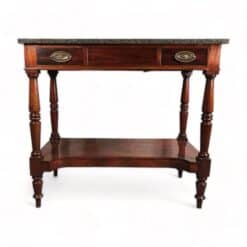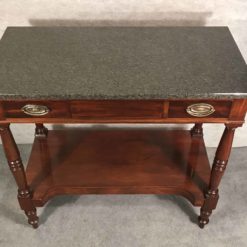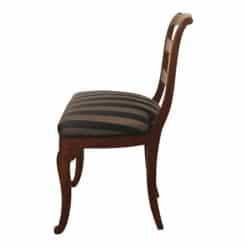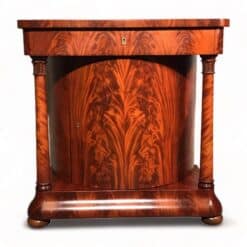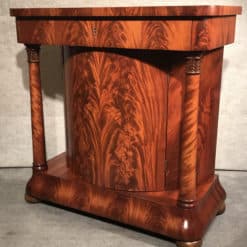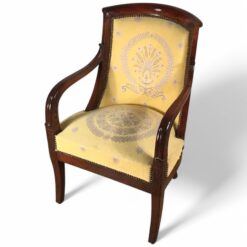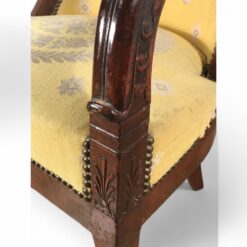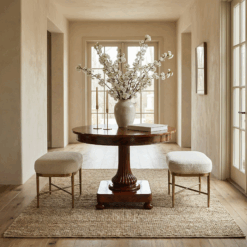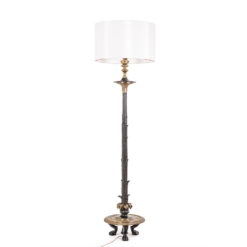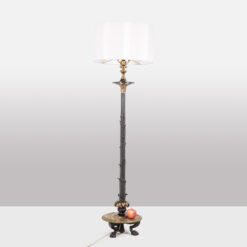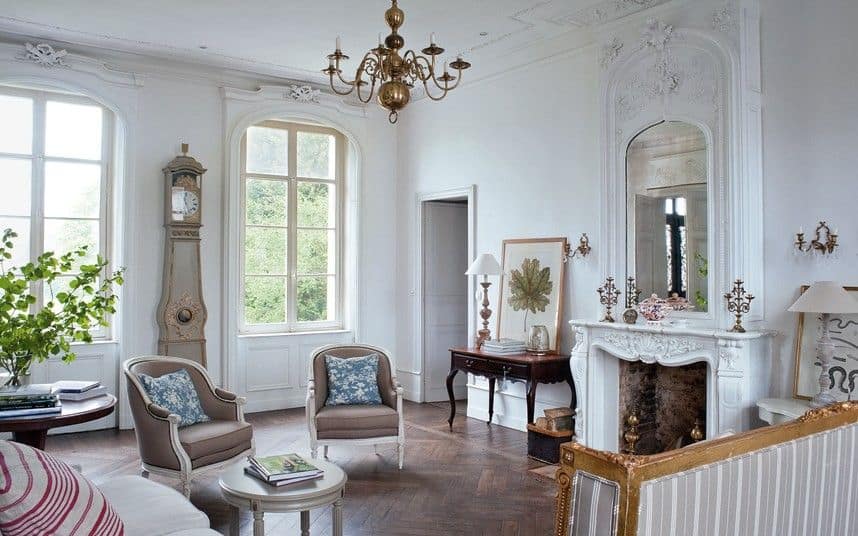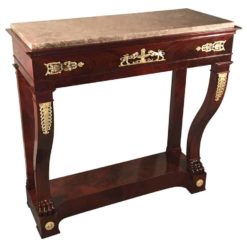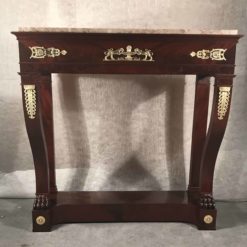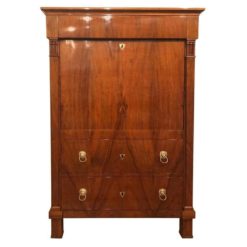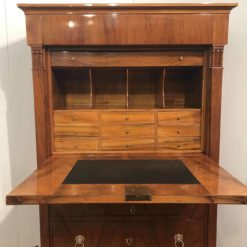Best Sellers
Styylish History
Restoration Furniture Style and Design
Restoration Furniture in France
From 1814-1830, French Restoration furniture rose in popularity, replacing the previous Empire style.
During this period of French history, also known as the Bourbon Restoration period, Neoclassic-inspired designs with elements of budding romanticism persisted.
This 15-year span encompassed the reigns of Louis XVIII and Charles X, the fall of Napoleon, and the start of Louis-Philippe’s rule.
After the fall of Napoleon, aristocrats, who had fled the country during the French Revolution, returned.
They realized that their furniture had been confiscated and sold during and after the Revolution, and they had little money to buy new expensive pieces.
The current ruler, King Louis XVIII, preferred the Empire style. So French furniture made in this design continued, but with slight changes — namely, curved lines and the elimination of Napoleonic ornamentation.
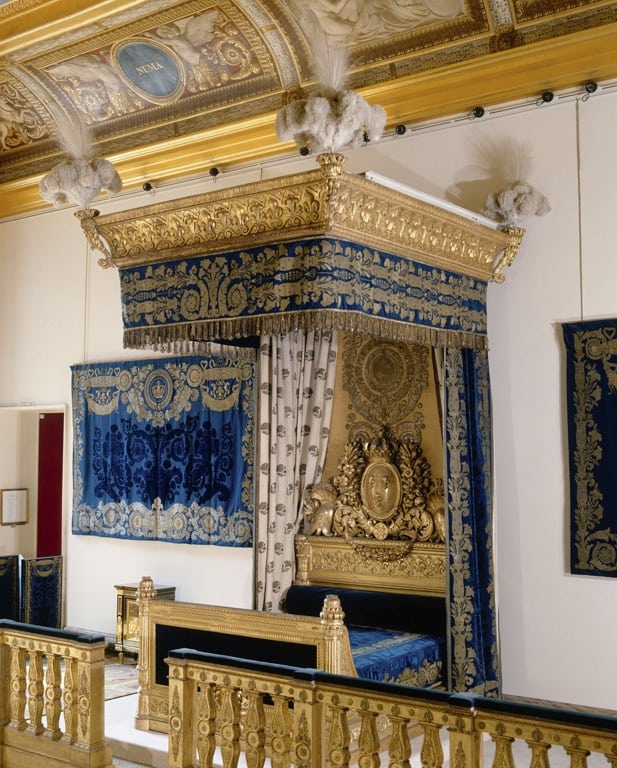
Under the reign of Charles X, aristocrats were given restitution for belongings lost during the Revolution.
The wealthy wanted to recapture the comfort and beauty of their old lives. This desire, along with an increasingly prosperous middle class, revived the furniture industry, which had lagged in quality and innovation during Napoleon’s rule.
Characteristics of Restoration Furniture
The ornamental designs in French Restoration fused the symmetry and geometry of Neoclassicism, the superfluous embellishments of Louis XIV, and the colors of Renaissance.
Whimsical themes blended with the geometrical lines, creating a softer version of the Empire style.
Another characteristic of the French Restoration is polychromy or the application of lively colors in decorations. Colored stone, glass, and paintings were all conventional polychromy techniques.
The Gothic rose, stylized palmettes, and detailed floral decor became prevalent motifs in Restoration furniture.
Many table and chair legs had musical instruments carved into them.
Marquetry inlay became more prevalent as well. Often in the form of elaborate floral designs, it became favored over gilded bronze ornamentation, which became rare.
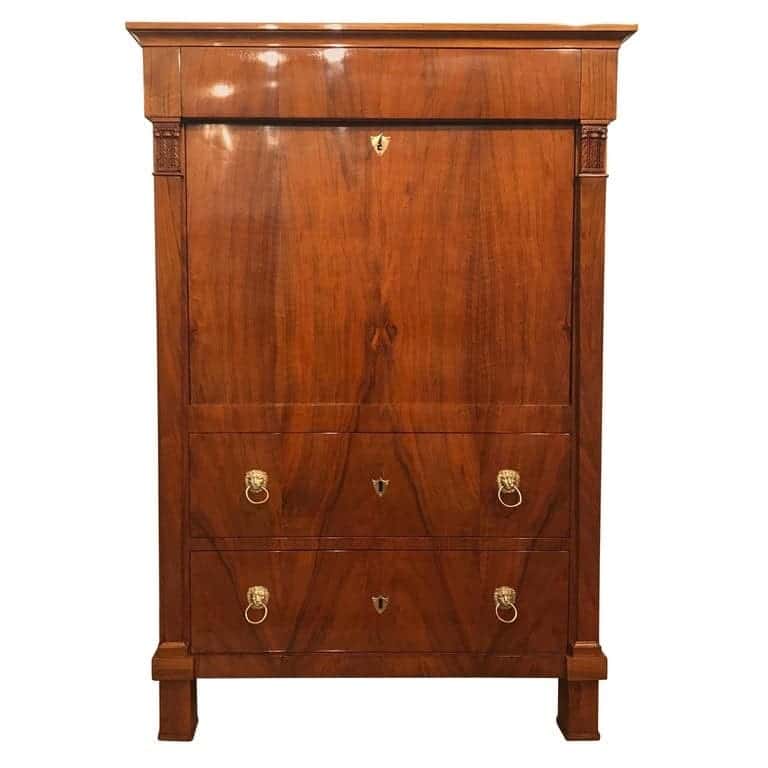
Materials
The transition from dark wood to Bois clair, or light-colored woods, gives Restoration furniture its refined charm. Ash, maple, citronnier, orange wood, and elm were common, either with or instead of mahogany.
Marble for the tops of desks and tables was white or light gray, with light veining. Sometimes, black marble was used, though rarely. Top corners were rounded with cyma profiles on their fore-edges.

Restoration Furniture
Restoration furniture was designed to be lightweight and portable, and so smaller pieces for more intimate rooms became the norm.
Trends from the Empire period continued, such as gueridons as end tables in dining rooms and boat beds.
Three-legged tables became more frequent.
Seating
Chair backs arched, with front legs either linear or slightly flared. The back legs of most chairs turned more prominently than the front.
Comfort became just as important as style, and so chairs from this period often had padding on the armrests and backrests.
Under Charles X, the á la Cathédral, or Cathedral chair, became a fashionable piece of furniture.
This chair’s back mirrored the structure of a Gothic stained glass window.
Another type of seating, the Voltaire armchair, has saber-curved legs and a tall, rounded back.
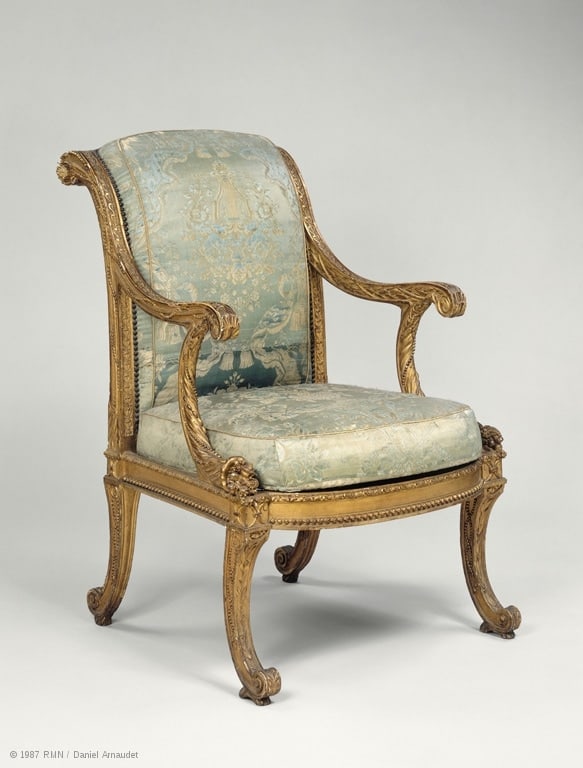
Gondola chairs were also popular Restoration period pieces.
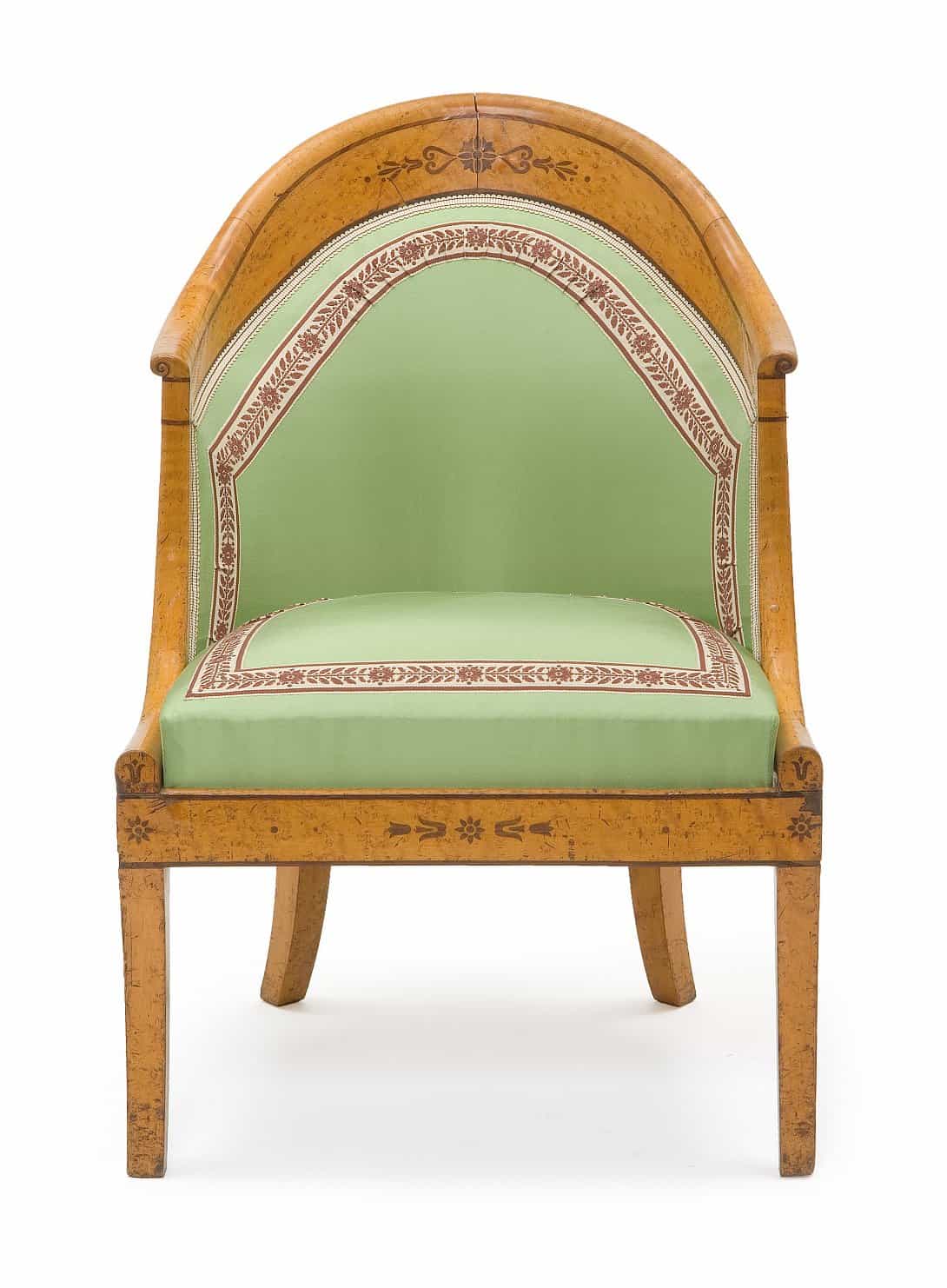
Examples of Restoration Interiors
One of the best examples of Restoration interior design is the Charles X museum inside the Louvre, designed for the annual Salon of artists.
The compartmentalized ceilings contain paintings and extravagant ornamentation, including cornucopias, columns, and pilasters.
The Restoration period saw the rise of the neo-Gothic style, which arose in interior design during the 1820s.
It mirrored elements seen in gothic cathedrals, such as arches and rose windows, which became very popular for French salons and galleries.
Another example is the Chapelle expiatoire. The restrained exterior and layout of the building embody typical Neoclassic designs.
The interior of the dome, however, contains profuse ornamentation, such as rosettes, high-relief sculptures, stylized crosses, fleur-de-lis, and roses.
Additionally, the floors feature the same motifs in intricate polychrome stone decoration.
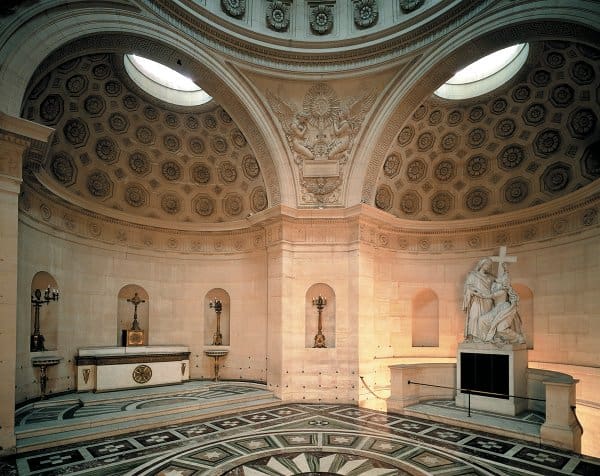
Cabinetmakers and Influences
François Baudry
Baudry (1791-1859) designed the first gondola armchair, which earned him an award from Charles X. His design included an innovative chair back shape and numerous intricate frieze patterns that now characterize Restoration furniture.
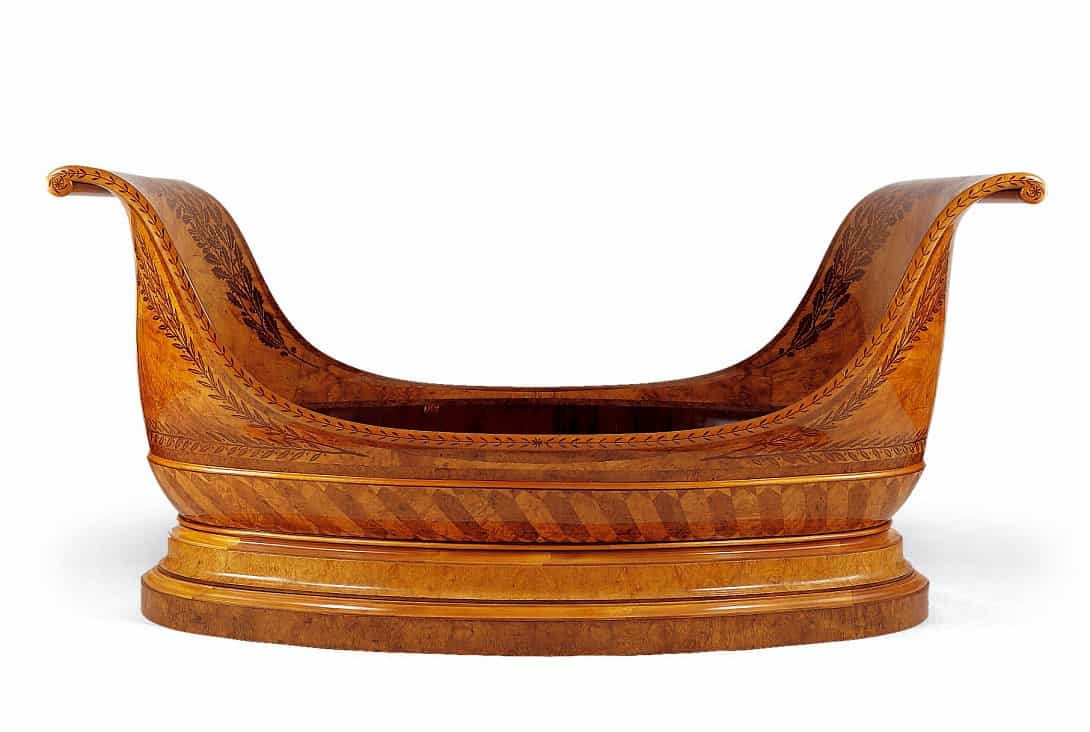
The Duchess of Berry
From the decoration of her apartments at the Tuileries Palace to her Renaissance-inspired wardrobe, Berry perfectly blended old styles with new to create Restoration era designs definitively.
As one of the most important influencers of this period, it was the Duchess who inspired the rebirth of marquetry embellishments and its floral designs.
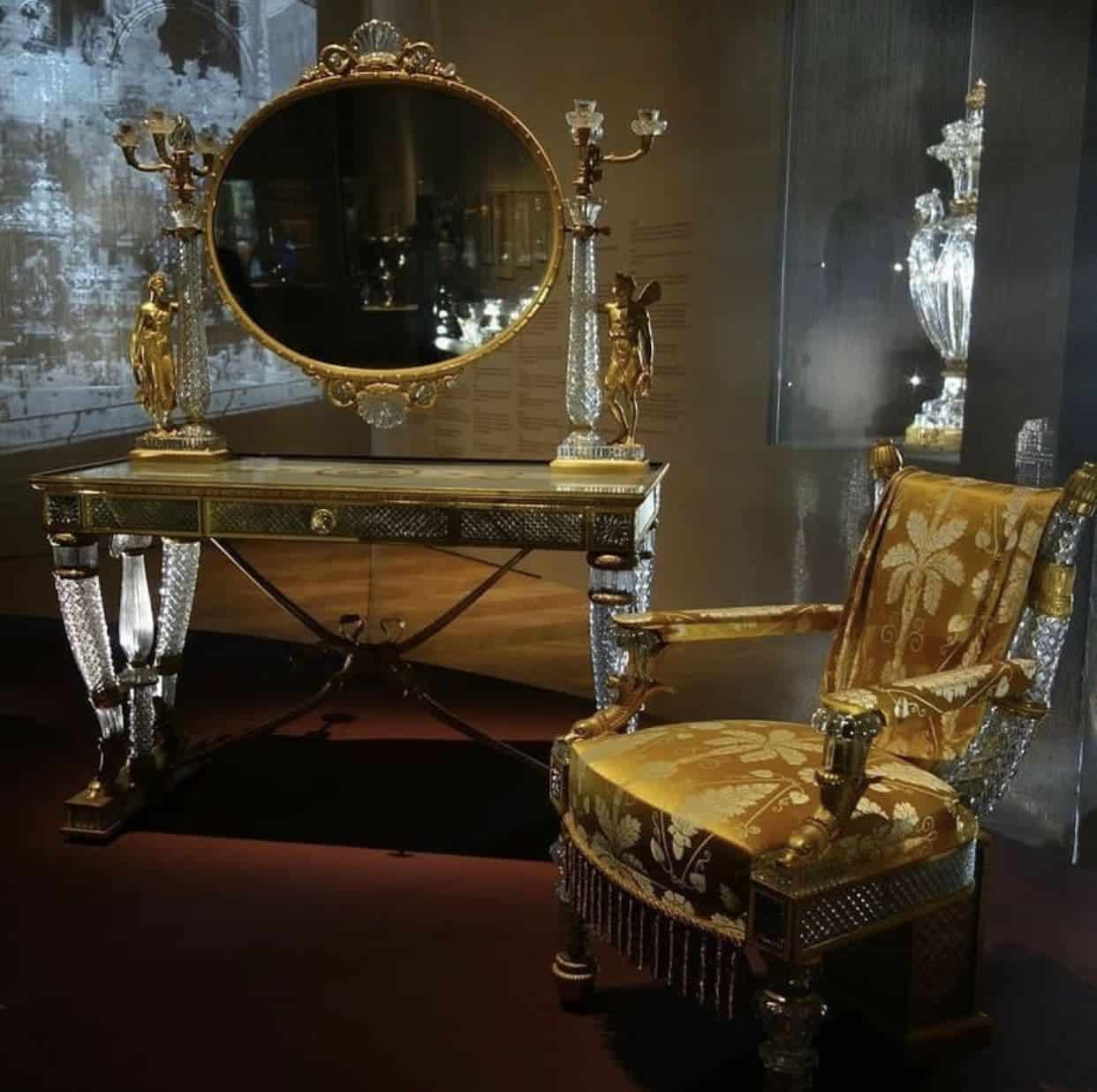
Styylish
Antique furniture is ageless, and the stories they contain are priceless. Check out our growing collection of pieces in the Shop!
For more antique history, design tips, and more visit the blog.

